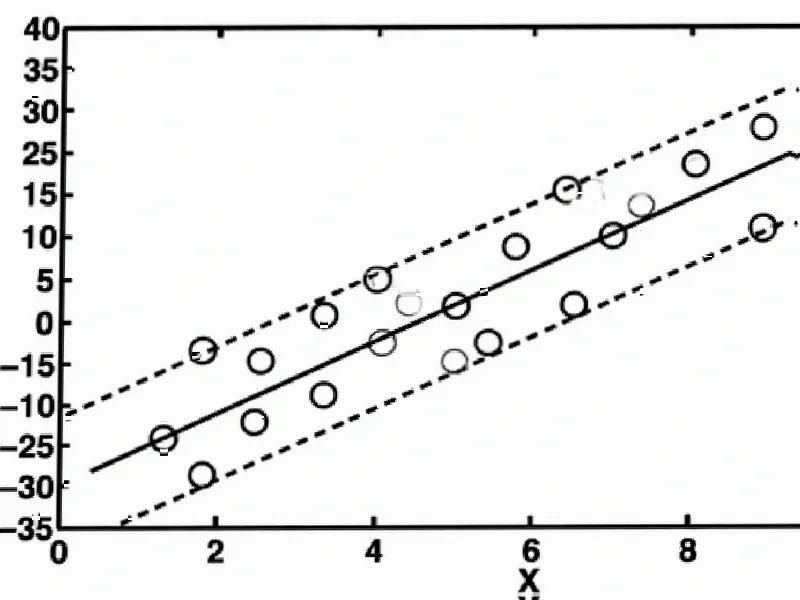According to Business Insider, Michael Burry’s Scion Asset Management disclosed it held bearish put options on 5 million Palantir shares and 1 million Nvidia shares at the end of September, representing notional values of $912 million and $187 million respectively. The disclosure came just after Burry returned to X after a two-year hiatus, where he posted cryptic messages suggesting AI hype is unsustainable. Palantir stock has surged about 30-fold since early 2023, reaching a $453 billion market capitalization that’s more than 100 times its projected revenue this year. CEO Alex Karp responded by calling Burry’s position “batshit crazy” on CNBC, arguing that betting against companies actually making money from AI makes no sense. Burry fired back on social media, teasing that “more detail” about his AI skepticism is coming November 25th.
Bubble or breakthrough?
This isn’t just two rich guys trading insults. It’s a fundamental debate about whether we’re witnessing genuine technological revolution or speculative mania. Burry sees clear parallels to the dot-com bubble, posting charts and memes that draw direct comparisons. Karp, meanwhile, frames Palantir’s success as enriching everyday Americans through stock ownership. The weird part? Both sides have valid points. Palantir is actually generating revenue from AI, unlike many dot-com era companies that had zero path to profitability. But trading at 100x revenue? That’s the kind of multiple that makes even optimistic investors nervous.
The ghost of bubbles past
Here’s the thing about Michael Burry: when he makes big contrarian bets, people pay attention for good reason. His housing market short was legendary, and he’s got company in his AI skepticism. David Einhorn and Jim Chanos—both famous for spotting Enron and Lehman Brothers before they collapsed—are raising similar concerns. Chanos specifically called out the same accounting trick Burry mentioned: companies stretching out depreciation on computing equipment to artificially boost earnings. But here’s the counterpoint: these same skeptics have been wrong about Tesla for years. Sometimes a bubble is just growth that looks ridiculous until it doesn’t.
Beyond the personal beef
What makes this feud particularly interesting is how it differs from the other big AI drama—Musk vs. Altman. That fight is about competing visions for AI’s future and control of OpenAI. Burry vs. Karp is purely about valuation and market psychology. It’s the classic battle between fundamental analysis and momentum investing. Burry is looking at spreadsheets and saying “this math doesn’t work.” Karp is looking at technological disruption and saying “the old rules don’t apply.” Personally, I think both are probably partially right. Some AI companies will justify their insane valuations. Many won’t. The hard part is figuring out which is which before the market does.
Waiting for the reckoning
So who wins this argument? The frustrating answer is we won’t know for a while. Burry’s puts could expire worthless if the AI boom continues, or he could look like a genius if there’s a significant correction. The timing lag in 13F filings means we don’t even know if he still holds these positions today. What’s clear is that we’re seeing the same pattern that plays out during every major technological shift: early euphoria, growing skepticism, and eventually, a reckoning that separates the real businesses from the hype. Whether that reckoning comes in months or years is the billion-dollar question everyone’s trying to answer.




